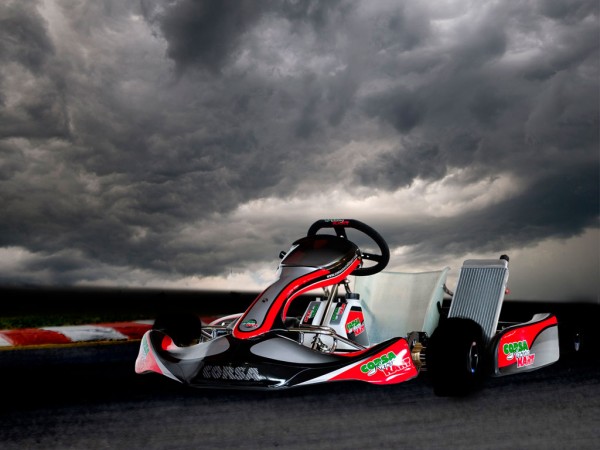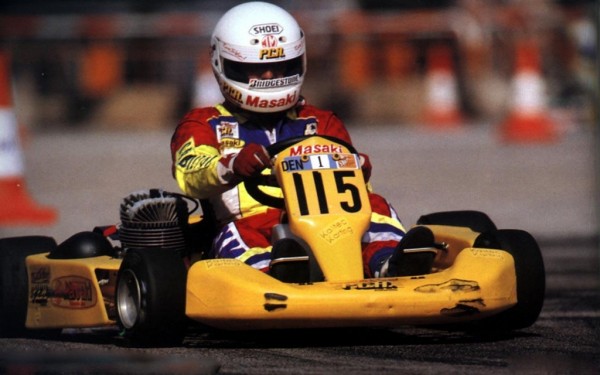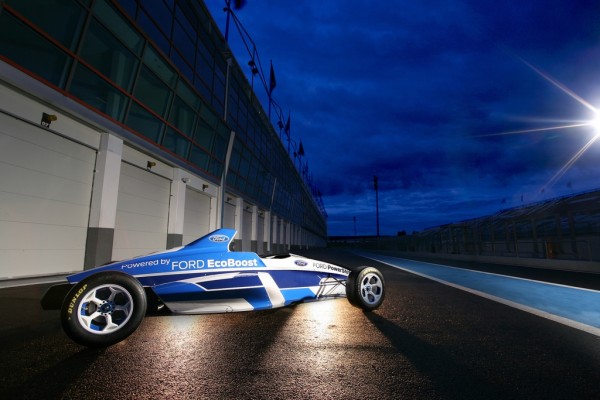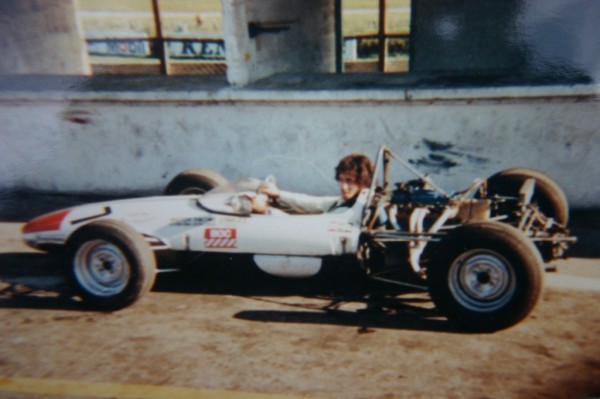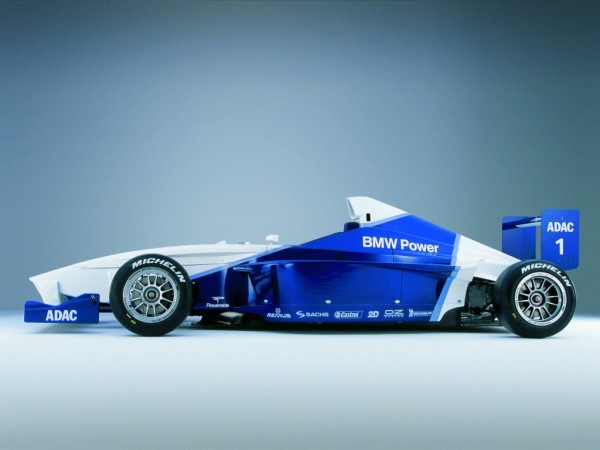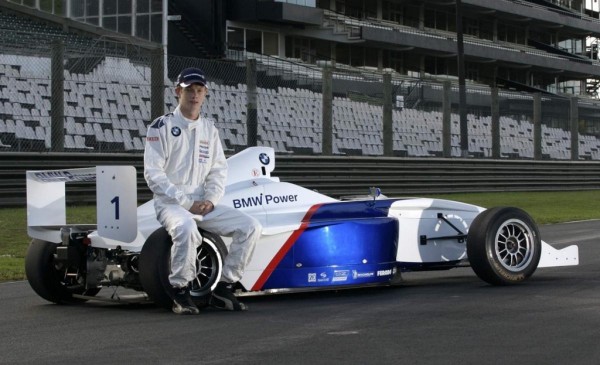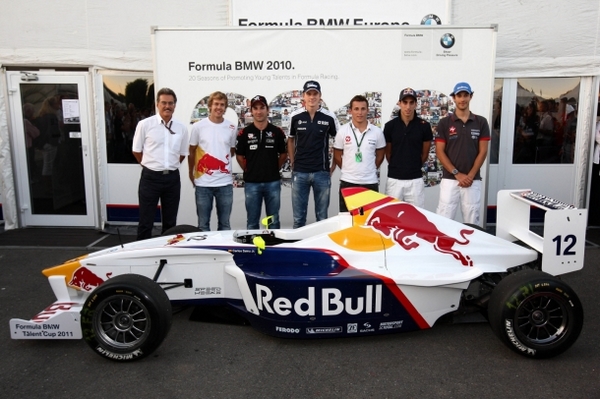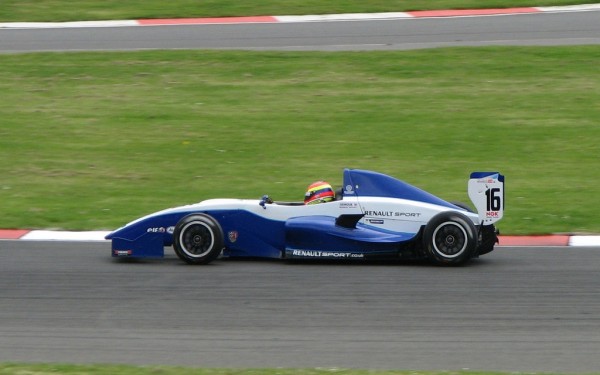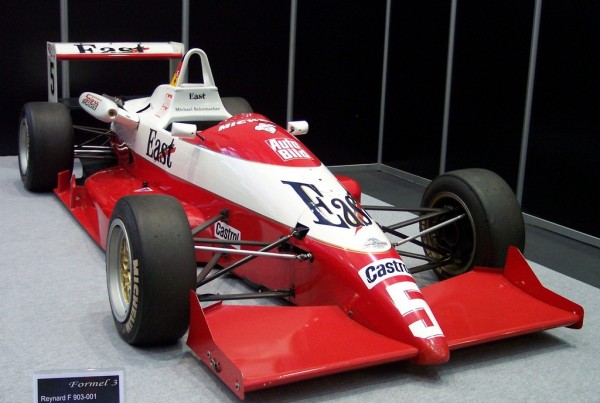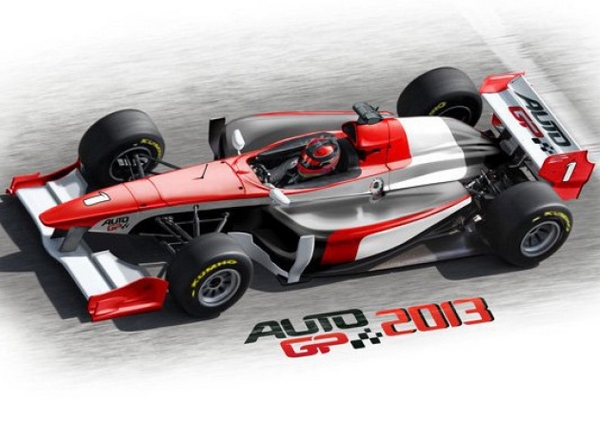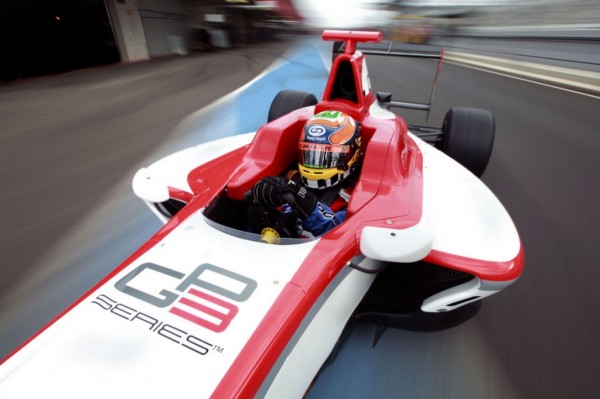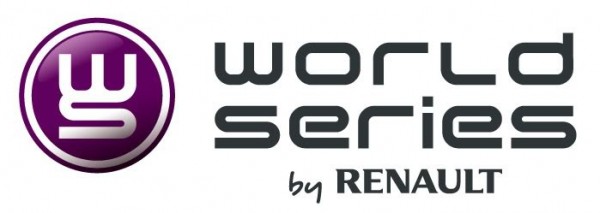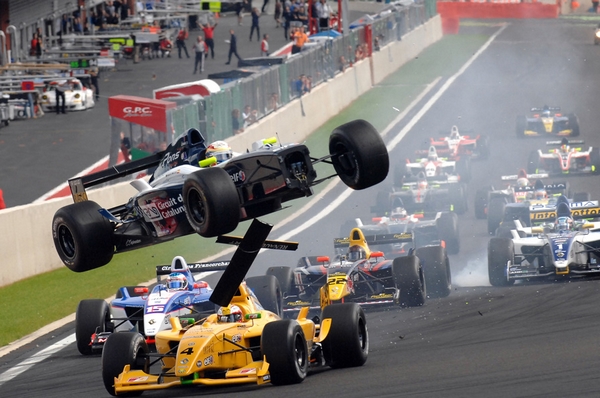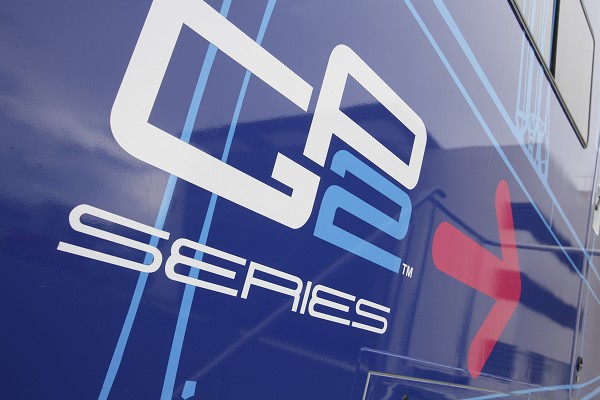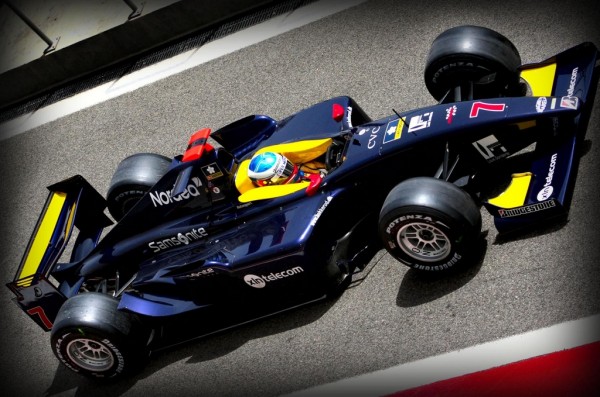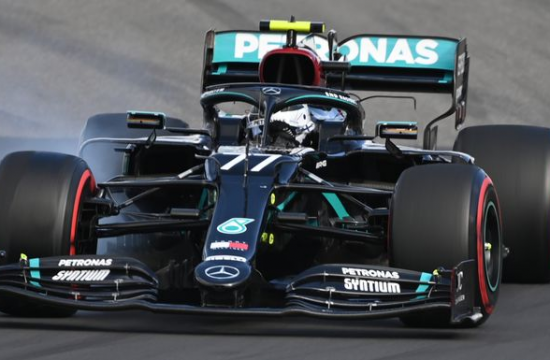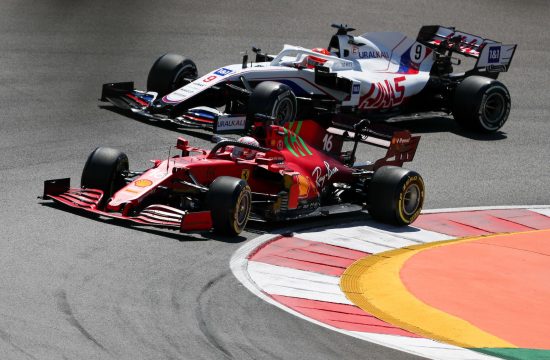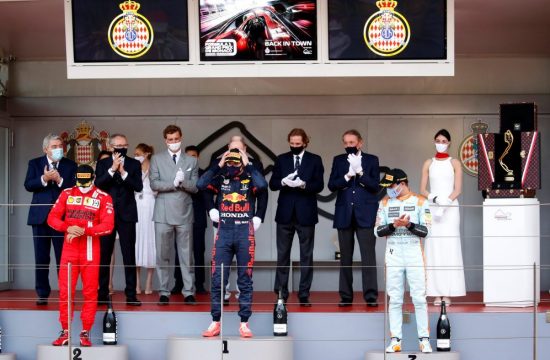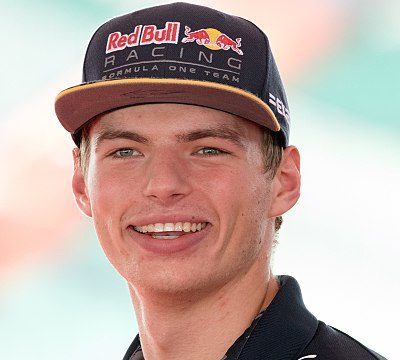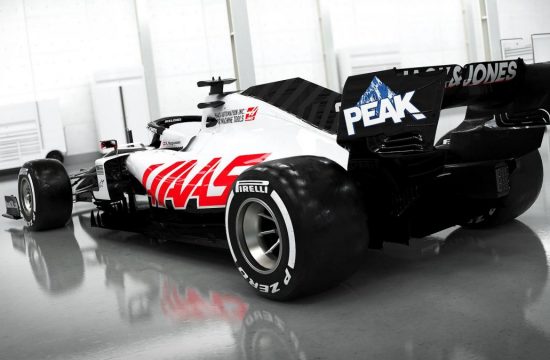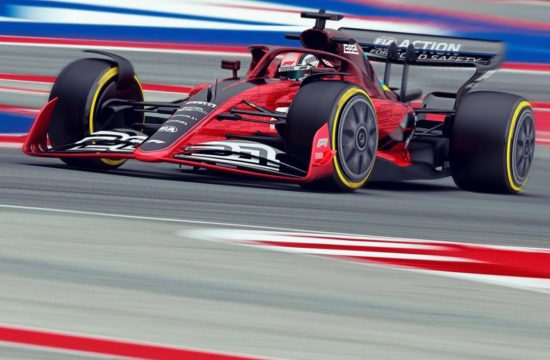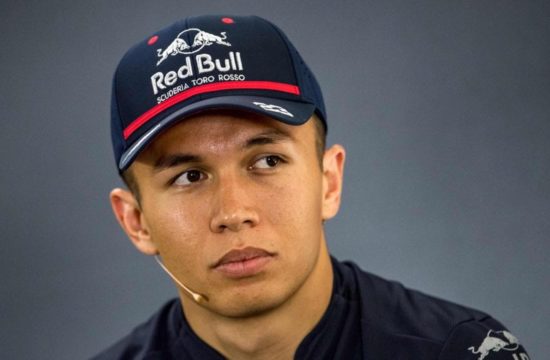Formula One is the highest class of open-wheel racing and probably the world’s most popular motorsport, with more than 300 million people watching every race of the season. The money, technology and media coverage this sport gets also makes it a career target for many drivers entering motorsport. But getting your place in Formula One is extremely complicated, given the large number of feeder competitions that have to be entered.
The financial aspect is also vital, because the sport requires a lot of money and if drivers don’t secure sponsorships, then they basically have no chance of ever racing in Formula One. This is especially difficult for young drivers from some parts of the world such as Eastern Europe who have a hard time entering Formula One despite being talented. However, like we said, the most important obstacle drivers have to overcome is the numerous lower competitions they have to go through and especially the lack of a clear hierarchy between them.
Formula Renault, GP3 or GP2 are just a few examples of championships that offer drivers the chance to be noticed by Formula One teams. But before they get here, there’s a long road they have to take and that’s exactly what we’re going to talk about today.
Kart Racing
Almost all modern Formula One drivers started their career at a young age in kart racing. The first karts were developed in 1956 by American race driver and race car builder Art Ingels and since then it has become one of the world’s most popular motorsports, especially with the low budgets required to compete, compared to other forms of motorsport. Starting with 1962, the sport has become regulated by FIA, who created Commission Internationale de Karting (or CIK) headquartered in France and the flagship competition is the annual Karting World Championship, where drivers race 125 cc karts.
There are dozens of national and international competitions all over the world where a young talented driver has all the odds of getting noticed. Besides requiring less money, parents are also more inclined to allow their kids to go into kart racing, because the sport is significantly safer than other forms of motorsport (think about motorcycle racing, for example). As for the advantages of kart racing for a later career in motorsport, these are countless. First of all, drivers get introduced to open-wheel racing, which has some particular features compared to regular racing. Also, it’s the moment when young drivers develop quick reflexes, get used to wheel to wheel racing, learn to control the car with precision and make decisions in the blink of an eye.
Another important aspect is that unlike Formula One, in kart racing the drivers usually work on their own engines alongside mechanics. This is extremely important because they acquire the technical knowledge that will later prove to be crucial for communicating with their team’s engineers and mechanics to improve the car. Michael Schumacher is a great example for this. The German Formula One legend was known to be able to tell engineers exactly what was going on with the car and everyone agrees this was one of the things that allowed him to break all the sport’s records. And while most know that he was a German and European kart champion, what’s less known is that during his karting days he used to spend countless hours doing the technical work himself. More than that, when his brother, Ralf Schumacher went into racing, Michael was the one to act as his mechanic.Also, before his 2010 return to Formula One, Schumacher actually practiced driving a kart on a track in Italy and entered a karting event in Las Vegas.
Even though a kart racing career isn’t required to get into the upper forms of motorsports, it’s where most champions started and where teams from Formula Ford or Formula Renault usually look for their next star drivers. The list of Formula One champions or drivers who started in kart racing is huge and, besides the German champion we mentioned earlier, it includes names like Ayrton Senna (won the South American Kart Championship in 1977, runner-up in the Karting World Championship in 1979 and 1980), Alain Prost (French champion in 1975), Mika Hakkinen (won five karting championships), Fernando Alonso (four times Spanish Champion and runner-up in the European Championship), Sebastian Vettel (won countless competitions, including Junior Monaco Kart Cup in 2001), Lewis Hamilton (European Champion in 2000 winning every race of the season), Jensen Button (four time British Champion and the youngest European Champion in 1997) or KimiRaikkonen.
After drivers get noticed in kart racing, perhaps even get some sponsorship (that definitely makes them more appealing to formula racing teams), they have several options.
Formula Ford
One of the entry level classes of formula racing is Formula Ford, which has traditionally been seen as the next step for future Formula One stars.
In the early 1960s, motor racing schools in Britain were using single seaters similar to the ones used in Formula Junior or Formula 3 to teach aspiring drivers what it took to race. However, running these schools was expensive as the cars were not cheap at all to buy and also not extremely reliable. Geoff Clarke, who owned the Motor Racing Stables racing school, moved it to the Brands Hatch circuit in 1963, where he met John Webb, Brands Hatch’s Managing Director of Development. In 1966, the two began talking about creating a set of identical single seat race cars that would be used for both racing schools and competition. They chose the “Formula Ford” name in hope of getting support from the car manufacturer, which they did, as Ford agreed to supply 54 engines from the Cortina GT. But they still needed someone to build the cars and after Bruce McLaren and Jack Brabham rejected the idea, Colin Chapman offered to help and created the Lotus 51 chassis based on the obsolete Lotus 31. He provided 25 units. The Royal Automobile Club approved the competition and the first Formula Ford race took place on July 2, 1967 at Brands Hatch.
More constructors soon started to build Formula Ford cars, such as Russell-Alexis, Merlyn, Crossle Car Company andElden Racing Cars, plus established constructors such as Brabham. The first race outside Britaina was in Belgium, in 1967, and the competition quickly spread across Europe. On March 23, 1969, the first official Formula Ford race took place in the United States and Formula One quickly turned its attention to the competition, as many talented drivers were showing their skills over there. Take, for example, Australian Tim Schenken. He won the Formula Ford Champhionship in 1968 and in 1970 he joined Frank Williams’ Formula One team, competing in 34 races. The same year, Emerson Fittipaldibecame the first driver coming from Formula Ford to win a Formula One race, the 1970 United States Grand Prix, and two years later he became the first Formula One champion to make his apprenticeship in Formula Ford. This made Formula Ford even more popular and it soon became a magnet for all Formula One aspiring drivers.
The Formula Ford cars are known for their distinctive design, lacking aerodynamics elements that we see on many open wheel racing cars, such as the huge rear wings that increase downforce. This means that cars are not as fast as other entry level formulae, such as BMW or Renault, especially during corners where the downforce is missing, but it also means that there is not much aerodynamic difference between cars following each other (there’s no downforce reduction) and this makes races a lot more spectacular. Also, the chassis used is steel space frame and not monocoque and all these regulations are used to keep development and maintenance coststo a minimum, so that smaller teams don’t face financial difficulties. The estimated annual budget for competing in Formula Ford is estimated between 100,000 and 140,000 Euros ($140,000-$190,000).
Across the world, there are numerous championships and all follow the same regulations, with some minor changes being allowed depending on local conditions. The most important competitions are the British Formula Ford Championship, the Formula Ford Festival, the Formula Ford EuroCup, the United States F2000 National Championship and the Australian Formula Ford Championship.
The British Formula Ford Championship is by the most popular one, being held since 1976 and many aspiring Formula One drivers are inclined to move to the United Kingdom to be able to race in this competition. And they are right to do so, because many Formula One drivers started here, including Eddie Irvine, Anthony Davidson, World Champion Jensen Button (was Formula Formula Ford Champion in 1998), while the most famous one was three times World Champion Ayrton Senna, who won the British Formula Ford in 1981. Another famous Formula One to graduate from Formula Ford was Mark Webber, who competed in both Australian and British editions of the Formula Ford.
Formula BMW
Besides Formula Ford, the other entry level competition is Formula BMW. The German car manufacturer had already been involved in motorsport, supplying engines for Formula Two and Formula Three cars, before becoming the official supplier of engines for the Formula ADAC competition in Germany. This happened in 1991 and, ten years later, BMW was completely in charge with the competition, even though ADAC (the German automobile club) remained the main sanctioning body. At the height of Formula BMW, competitions were being held in Germany, United Kingdom, United States and South East Asia.
Regulations didn’t allow drivers that competed in other racing competitions(except karting) and they had to be at least fifteen years old. BMW’s support was great and the German company offered racing courses, technical assistance, help with finding sponsors and even offered five scholarships for selected drivers. Also, at the end of the year, best drivers from each championship were invited to a global eventwhere the winner received lots of interesting prizes (in 2006, for example, the winner got the chance to test drive a BMW-Sauber Formula One car).
Unlike Formula Ford, the Formula BMW cars were pretty different. First of all, they had the front and rear wings, which increased downforce and allowed drivers to take corners faster. Cars were designed by an American subsidiary of BMW, DesignworksUSA and built by French racing car manufacturer Mygale, who also produces cars for Formula Ford, Formula Renault and Formula Three. Another thing about Formula BMW is that it’s one of the most “controlled” formula racing competition, BMW enforcing strict standards and regulations that drivers and team need to follow during testing, practicing, qualifying and during the races.
However, in its short history, Formula BMW attracted a lot of talented drivers, many making their way later to Formula One. The best driver to come from Formula BMW is Sebastian Vettel, who won the championship in 2004, after winning 18 out of the total 20 races. Other notable Formula One drivers that successfully competed in Formula BMW were TimoGlock (won the Championship in 2001), NicoRosberg (champion in 2002 while driving for Team Rosberg founded by his father, KekeRosberg) and NicoHülkenberg (champion in 2005). Other notable drivers are Daniel Ricciardo (was just confirmed as Sebastian Vettel’s team mate for the 2014 season) and Bruno Senna, while many other recent Formula BMW champions are now acting as reserve or test drivers for different Formula One teams.
Starting with 2011, BMW stopped supporting the Pacific and European series, instead they created the new Formula BMW Talent Cup, with races taking place in Sweden, Spain, United Kingdom, Hungary, Slovakia, Austria and, of course, Germany. Estimated annual budget for competing in Formula BMW Talent Cup is around 300,000 Euros ($400,000).
Formula Renault 2.0
In 1969, the Formula France competition made its debut, with cars being powered by a 1.3-liter engine mounted on a single seater chassis. This was the predecessor of the modern Formula Renault 2.0 which now uses 2.0-liter engines from the Renault Clio, a Sadev gearbox and Tatuus chassis. The cars built by the Italian manufacturer (Tatuus) are known to offer great performance and are among the most successful single seaters in motorsport’s history. Performances are higher than in lower formulae, with the cars being able to sprint from 0 to 100 mph in 4.85 seconds and stopping from 125 mph in less than 5 seconds.
The competition was called Formula Renault 2000, but was renamed to Formula Renault 2.0 in 2005.Right now, Formula Renault championships are being held in more than 10 countries around the world, including Germany, France, Netherlands, Austria, Italy, Sweden, Spain, Argentina and Brazil. There are also two types of championships in some countries, the regular one and a Winter Series which is held in the winter and has few races. As you can imagine, given its popularity, the championship has seen a lot of talented drivers, many of them making their way to Formula One. Actually, more than half of all Formula One drivers previously raced in Formula Renault 2.0, so the list of successful drivers that refined their skills in this competition is extremely long.
One of them is the legendary Alain Prost, four times Formula One World Champion, who won the French championship in 1976 and the European one in 1977. Another Formula One World Champion is KimiRaikkonen, who won the British Formula Renault Winter Series in 1999 and the Formula Renault UK Championship in 2000 (during this season, he won seven out of ten races). Following the 2000 season, Raikkonen jumped straight to Formula One, after being offered a chance by Peter Sauber. He might actually remain the only driver in history to do so, since these days it’s almost impossible for something like this to happen. Lewis Hamilton also raced in Formula Renault between 2001 and 2003, when he switched to Formula Three. Other successful drivers were Rene Arnoux (champion in Formula Renault in 1973 and 1975 and a successful Formula One driver, with a 3rd place in the 1983 season), Pedro de la Rosa (champion in 1992) and Felipe Massa (2004).
Formula Three
Also called Formula 3 or F3, it is one of the oldest branches of motorsport, being adopted by FIA in 1950. However, the first race was held in 1946 by several enthusiasts in Bristol, England and was considered a sort of low cost racing. Once the competition became official and Formula One started getting a lot of attention, Formula Three was the first step drivers had to go through in motorsport if they wanted to go professional. And even when they got to Formula One, many continued racing in Formula Three, for practice (for example, Stirling Moss participated in several races despite having a successful career in Formula One). But there were some drivers who chose not to go up in motorsport and stick with Formula Three races, such as Don Parker, who is widely regarded as the most successful Formula Three driver in history, having won a total number of 126 races. He is also “responsible” for introducing Graham Hill to the sport, hiring him as his mechanic and assistant in 1954.
In the following period, Formula Three evolved a lot and by 1980 it was quite similar to other superior formulae. Cars got better and faster and even though the Formula Two was introduced by FIA, Formula Three was still seen as the main launch ramp for future Formula One stars, the best drivers usually skipping Formula Two and going straight into the big league. And because this is usually the moment when the difference is made between those who have a chance at a professional career or those who do it just for fun, Formula Three is widely regarded as an important milestone in a driver’s career.
Today, cars weight around 1,200 pounds and are powered by a 2.0-liter engine that produces around 200 hp. Most Formula Three cars are built by Dallara, with engines supplied by manufacturers such as Honda (prepared by their high performance Mugen division), Renault, Volkswagen or Alfa Romeo.
Despite the sport being extremely popular, there has never been a World Championship and currently there are four main Formula Three competitions: the FIA European Championship, the British Championship, the All-Japan Championship and the Euroformula Open Championship. In addition to these, there are also Formula Three competitions taking place in Germany, Australia, Brazil and United Kingdom. There are also a number of special races such as Masters of Formula 3 (Netherlands), Macau Grand Prix Formula Three (Macau), Pau Grand Prix (France) or the Formula 3 Brazil Open that are usually extremely interesting since they take place at the end of the season and some of the best drivers come here to race.
And speaking of drivers, like we said before, Formula Three attracts a lot of talented drivers, many of them making their way to Formula One and later becoming World Champions. It’s difficult to say which ones are the best, because there are so many. The list of Formula One World Champions that won or successfully raced in Formula Three includes names like Jim Clark, Mika Hakkinen, Michael Schumacher, Ayrton Senna, Jackie Stewart, Emerson Fittipaldi, Rubens Barrichello, Jensen Button or Ricardo Patrese. More recently, drivers like Sergio Perez, Jaime Alguersuari and Daniel Ricciardo reached Formula One after successfully racing in Formula Three.
AutoGP World Series
The AutoGP World Series initially started as the Italian Formula 3000 championship, with the first edition being held in 1999. It was organized by Pier Luigi Corbari and all racing cars were built by Lola and used Zytek engines. During its first years, all races were held in Italy, but as soon as the competition gained media attention and popularity, it expanded throughout the entire Europe. Two years later, the championship was renamed to Euro Formula 3000 and a new Lola chassis was available during the first three years. The competition changed its name again several times in the following years (Italian Formula 3000 in 2005, Euroseries 3000 in 2006, AutoGP in 2010) and the current name, AutGP World Series was adopted in 2012.
Budget is higher than in the other competitions we mentioned so far, around 600,000 Euros ($825,000), but the cars are also a lot more powerful (3.4-liter V8 engines produced by Zytek) and there are some races held on Grand Prix venues such as Monza in Italy or Spa-Francorchamps in Belgium. Felipe Massa is probably the most famous Formula One driver ever to race in AutoGP (he actually won the series in 2001), followed by RomainGrosjean, who won the championship in 2010 (after he had already made its Formula One debut).
GP3 Series
The main artisan behind the GP3 Series is Bruno Michel, famous for his involvement in motorsport and especially Formula One. He was already one of the people involved in organizing the GP2 championship, which is the final step before Formula One, and created GP3 as a feeder competition. It’s one of the youngest championships in motorsport, its inaugural season being 2010.
For the first two seasons, all cars were designed and built by Dallara and were powered by a four-cylinder 2.0-liter engine that produced 280 hp coupled with a Hewland transmission, with tires being supplied by Pirelli. Starting with last year’s season, Dallara will continue building the cars, but the engine has been changed and the Renault unit was replaced by a 3.5-liter V6 that produces 400 hp and is built by AER. Hewland continued supplying the gearbox and so will Pirelli with the tires. The current chassis will be used until 2016 and annual expenses for a GP3 driver are about the same as AutoGP, around 600,000 Euros.
What’s great about the competition is that besides offering superior and more challenging cars, young drivers also get to experience a Grand Prix environment, because all races are held on the same weekends and at the same time with Formula One races. However, in order to keep costs down, most GP3 races take place only in Europe, but the calendar has been expanded lately and the 2013 season saw the first race outside Europe, in Abu Dhabi. As for drivers, even though the series is still young, there are some cases of talented drivers who already made their way to Formula One. Esteban Gutierrez won the GP3 Championship in 2010 and is now driving for Sauber,ValtteriBottas won the Championship in 2011 and now drives for Williams, while DaniilKyvat, the 2013 Champion, will make his Formula One debut this year, racing for Scuderia Toro Rosso.
World Series by Renault
Alongside AutoGP and GP3 Series, the World Series by Renault is one of the most important milestones in the career of a young, aspiring driver on his way to Formula One. The championship’s roots come from the Spanish Formula Renault Championship that took place between 1991 and 1997. One year later, Nissan created the Open Fortuna championship, with races being held mostly in Spain. However, as soon as the competition became popular, races were also held outside Spain, on venues in Italy, Portugal, France or Brazil. In the next years, the championship’s name has been changed several times, depending on the main sponsor (MoviStar, Telefonica or Superfund) and in 2004 was rebranded to World Series by Nissan. However, it was the last year the championship took place in that format, because Nissan didn’t renew the engine contract and Renault took over.
The championship, which is actually called Renault Formula 3.5 was branded World Series by Renault to avoid confusion with the lower Renault Formula 2.0. In its early years, the cars were powered by a V6 developed by Renault’s Sport division, but more recently a 3.5-liter V6 from Nissan was used, delivering 480 hp. The monocoque design was made by Dallara and the engine was coupled to a six speed semi-automatic transmission made by Ricardo. The car weights around 1,300 pounds and the estimated annual costs go as high as 750,000 Euros ($1 million), significantly higher than other similar ranked formulae.
A lot of talented Formula One drivers raced in the World Series by Renault. Sebastian Vetteljoined the competition in 2006, won his first two races, but was forced to abandon the rest of the season due to an injury. The following season, he was leading the championship after the first seven races when he was called by Formula One team BMW Sauberto replace Robert Kubica as the team’s third driver. Other important drivers that stepped up to Formula One are Robert Kubica, HeikkiKovalainen or Kamui Kobayashi. Also, Fernando Alonso won the championship in 1999, when the competition was still under Nissan patronage.
GP2 Series
And finally, the most important step towards Formula One is the recently introduced GP2 Series. Actually, come to think about it, it’s not that “recent”, since it was introduced in 2005. Anyway, this is the competition where all aspiring drivers want to be. It’s true, you can get to Formula One from lower formulae too, but you have to be extremely good or do something really special to draw attention of teams and sponsors. But all theseare a lot easier in the GP2 Series, which was created by Bernie Ecclestone and FlavioBriatore with a sole purpose: to create future Formula One World Champions.
Even though driving in the GP2 championship is not cheap at all (annual costs are estimated at more than 2.2 million Euros / $3 million) everything is quite controlled and regulations are strict. All drivers have the exact same cars, same engines, same tires, so that everything depends only on their skills. Also, just like the GP3 Series, all races are held as support races for Formula One, so everyone gets the exact same treatment and access to facilities as Formula One superstars.Another similarity to the GP3 Series is that most races take place in Europe, but there are also some exceptions, like Bahrain, Singapore and Abu Dhabi.
Starting with 2011, the cars are built on a Dallara chassis and are powered by a 4.0-liter engine supplied by French company Mecachrome. The 612 hppowerplant makes the cars accelerate from 0 to 62 mph in 2.9 seconds, from 0 to 124 mph in 6.6 seconds and reach a top speed of more than 200 mph.
As you can probably imagine, the importance of this championship and the fact that Formula One teams always keep an eye on what’s going over here makes every driver try his best to get here and prove that he’s got what it takes. Almost every driver that was successful in GP2 found a place in Formula One and that motivates them (for example, out of the 136 drivers that ever raced in a GP2 event, 25 were promoted to Formula One). NicoRosberg was the first GP2 champion, in 2005, and he was immediately given a seat at Williams for the 2006 season. Next champion was Lewis Hamilton, in 2006. What happened next? 2007 was his first year in Formula One, driving for McLaren, and in 2008 he became World Champion. In 2007, TimoGlock was GP2 champion and in 2008 he signed with Toyota F1 at the end of the season and raced in Formula One until 2012 (even though he had already raced in Formula One, in 2004, for Jordan). Other GP2 champions that made it to Formula One were NicoHulkenberg (2009), Pastor Maldonado (2010) and RomainGrosjean (2011). But these are not all, because plenty of others found their way to Formula One despite not winning the GP2 Series, including Kamui Kobayashi, HeikkiKovalainen, Sebastien Buemi, Jemored’Ambrosio, Esteban Gutierrez, Segio Perez, VitalyPetrov, Nelson Piquet Jr, Bruno Senna, Kazui Nakajima or Charles Pic.
So, as you can see, the road from a kid with a dream to a Formula One driver is long and extremely expensive. It’s true what they say, that this is not a sport for everyone, but with enough determination, those who really want it will find a way and as long as motorsport exists, we’ll definitely see more talented drivers offering us great weekends.


